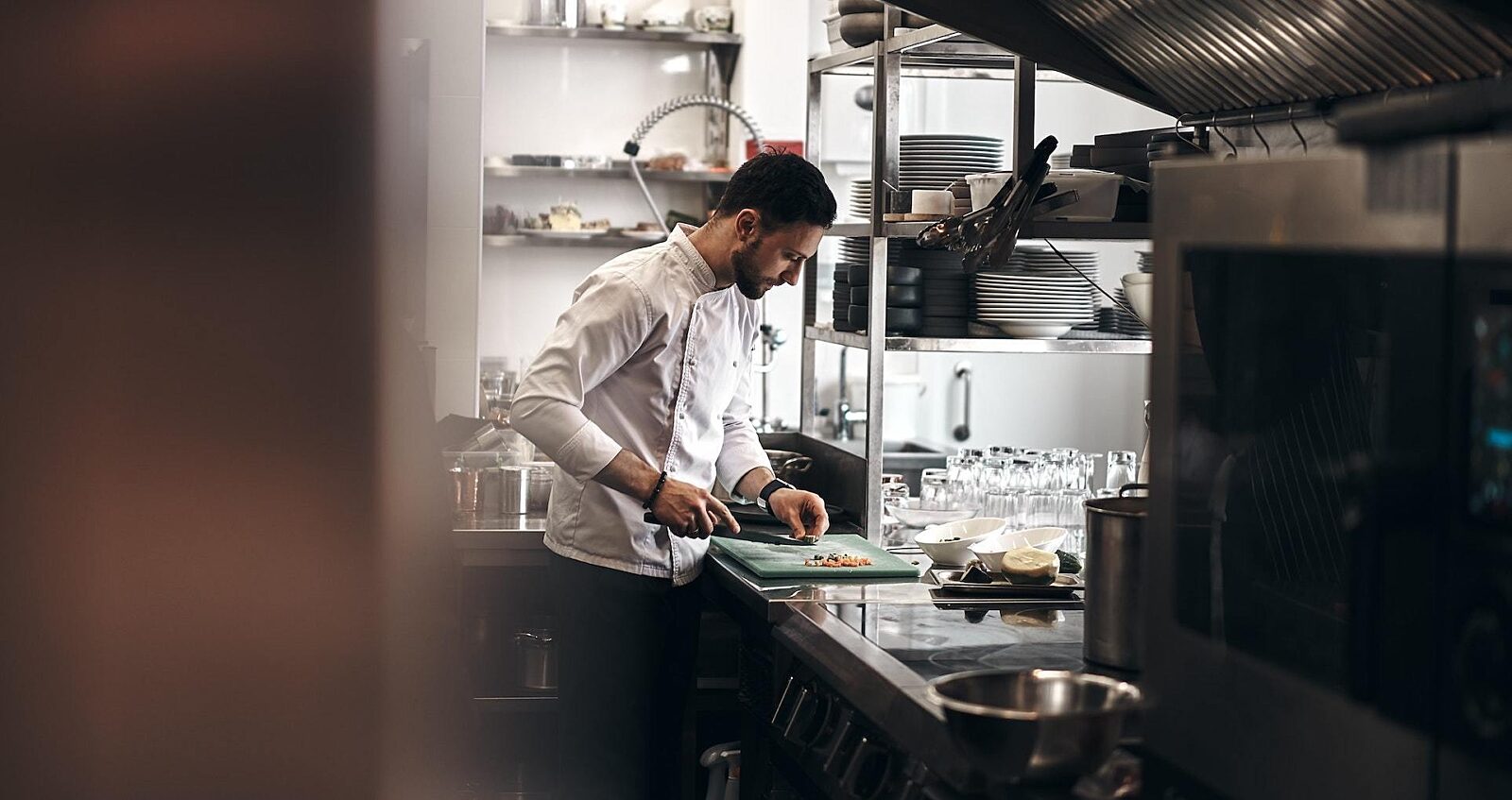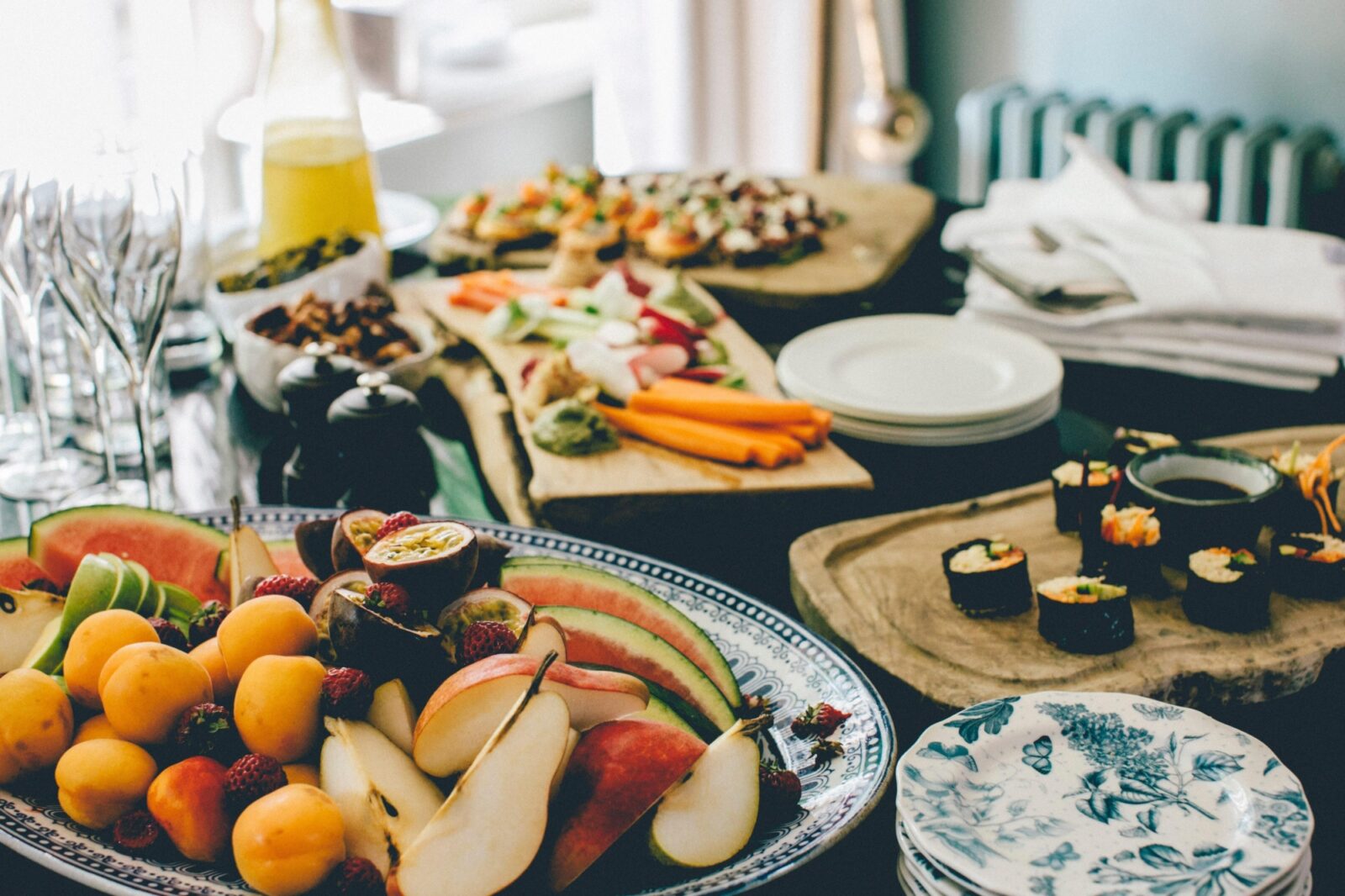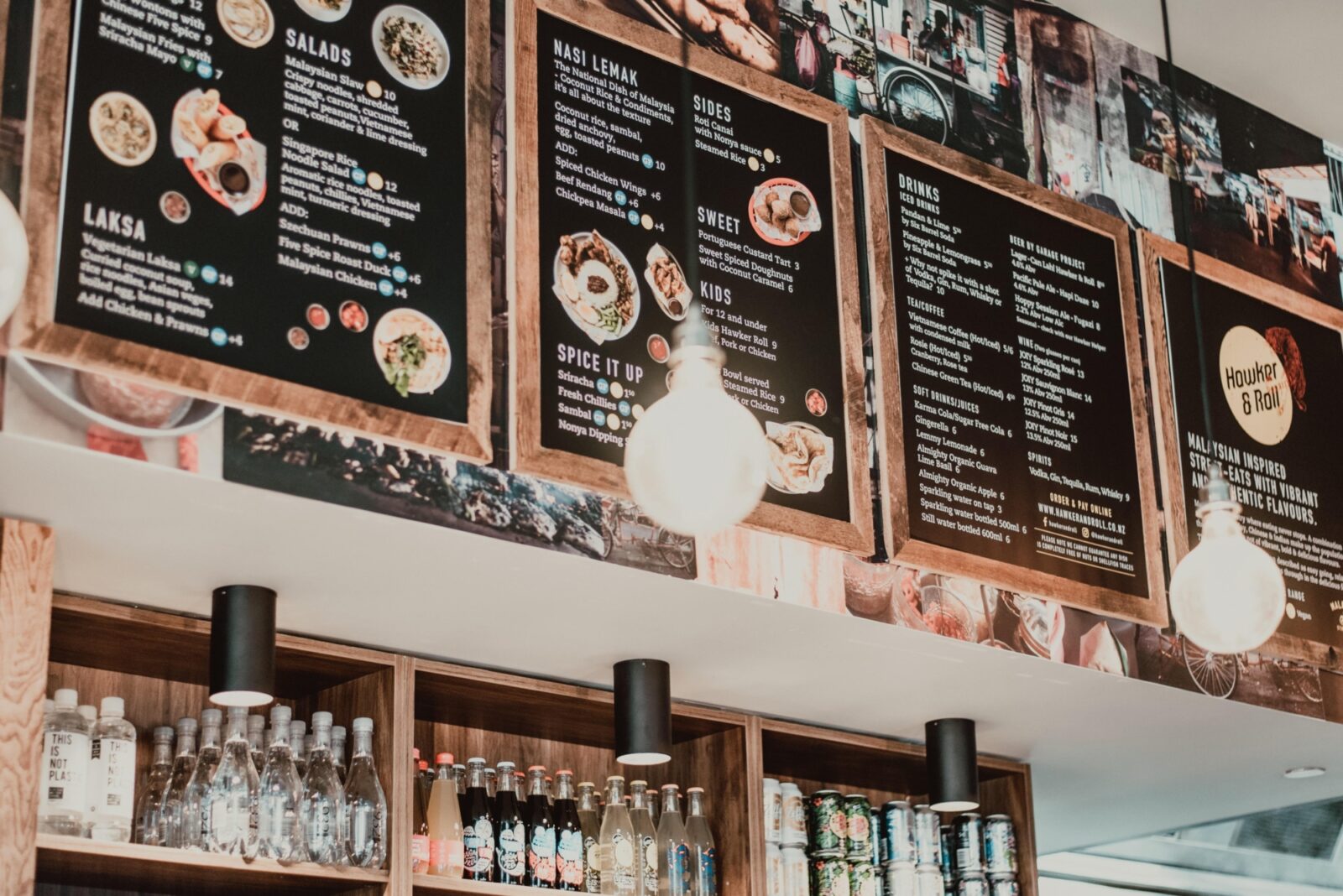
What is Mise en Place — and How to Do It
Mise en place is the critical step in any restaurant kitchen's operations where ingredients are prepped and placed at the ready before a shift.

Caroline PriceAuthor
What is mise en place?
Mise en place is a French culinary term referring to the setup required prior to cooking. It translates to "everything in its place". In a restaurant kitchen, that means taking out all ingredients and tools, arranging them in a convenient way, and preparing anything necessary for cooking – like chopping vegetables or cutting up meat so they’re ready to be thrown in a pan at a moment’s notice for each order.
For many chefs, arranging mise en place is an important factor for staying organized, on time, and in the zone. Chef Greg Barr of Esca in New York City describes it this way: "It's a very ... Zen-like thing. All my knives are clean. Clean cutting board. Clear space to work. Clear mind." Mise en place restaurant organization creates a streamlined process to work effectively and efficiently.
What does mise en place mean?
What does mise en place mean in English? It directly translates to “everything in its place.” It’s the practice of organizing and preparing a cooking space prior to getting started on a recipe.
How to pronounce mise en place
Mise en place is a French phrase. “Mise” is pronounced like the English word “me” with a z after it, so “meez”. “En” is pronounced like “awn”. Add in “place”, said like “plahs”, and all together, the correct pronunciation is “meez-awn plahs”. In restaurants, it's often abbreviated to just "mise".
The video below walks you through the full pronunciation:
Why is mise en place important? — and how does it work?
Mise en place streamlines the cooking process.
In a professional kitchen, it would be incredibly difficult for a chef to prepare a meal quickly while prepping ingredients and finding materials and utensils all at the same time.
At restaurants, a lot of the mise process is usually done by prep cooks – they cut up vegetables, make and funnel sauces into squeeze bottles, or prepare meat prior to service, typically in large volumes to be shared among all the cooks who need each ingredient.
In some cases, each cook also does a smaller amount of their own mise for their specific dishes — for example, the salad cook might prepare their own additional garnishes or dressings. Each cook also often fills their own station with the necessary mise that they need, usually in lots of different ⅙, ¼, ⅓, or ½ size metal steam table pans.
All of this preparation saves time, keeps the kitchen organized and clean, and ensures that all ingredients are accounted for ahead of time. After all, you don’t want to be making a chocolate cake and realize halfway through that you only have half the amount of cocoa powder needed in front of you.
The steps of mise en place
What is mise en place in cooking? If you’re looking to apply the principles of mise en place, either in a restaurant or at home, here are the 4 steps to get you started.
Read the prep list or recipe
In restaurants, before you get started prepping your first ingredients, prep cooks check over the prep list for the day, usually put together by the sous chef who's done inventory of what's ready for today and what needs refilling. Each individual line cook will also take stock of what's in their lowboy fridge and steam table and see what they need a refill on. Then, they can prioritize and get started on the most urgent things to prep.
When doing mise at home, thoroughly read over your recipe. Then, you can develop a plan. Do you have everything already or do you need to go get more ingredients? How long is the prep time vs. the cook time? Do you have all necessary utensils and equipment?
Gather the ingredients and tools
Once you have a handle on what you’ll need, get started with your prep. Gather all the ingredients, tools, equipment and utensils you’ll need — that's all the food, plus a sharp knife, cutting board (sometimes multiple if you'll be prepping raw meat, which will need a separate surface to keep everything from being cross-contaminated), a rag or towel or two, and lots of containers.
Wash, measure, and cut
Wash and cut all vegetables according to the recipe, prepare the meat, measure out any dry or wet ingredients, and gather or make any spice mixes or sauces.
Organize
Place all ingredients into correctly-sized bowls or containers. In a professional kitchen, metal or plastic steam table pans are the standard, and you'll distribute them to the various cooks who need the ingredients.
At home, you can use cute mise en place bowls (like these!), any combination of dishes you have laying around your kitchen.
Whether it's at home or in a restaurant kitchen, organize the containers around your cooking station for easy accessibility. Think about flow here – what needs to be where to make it as easy as possible to reach for at the right time?
Time to start your mise!
Organization is key when it comes to a well-run kitchen, and mise en place is a time-saving process to help get your kitchen flowing properly.
To learn about creating a full menu that's optimized and profitable, and keeps waste to a minimum, check out our Menu Engineering Course below.
Related Resources
Menu Engineering Course
Take this course to make the most of your menu. Learn about menu psychology and design, managing your menu online, and adapting your menu to increase sales.

Is this article helpful?
DISCLAIMER: This information is provided for general informational purposes only, and publication does not constitute an endorsement. Toast does not warrant the accuracy or completeness of any information, text, graphics, links, or other items contained within this content. Toast does not guarantee you will achieve any specific results if you follow any advice herein. It may be advisable for you to consult with a professional such as a lawyer, accountant, or business advisor for advice specific to your situation.
Read More
Subscribe to On the Line
Sign up to get industry intel, advice, tools, and honest takes from real people tackling their restaurants’ greatest challenges.


